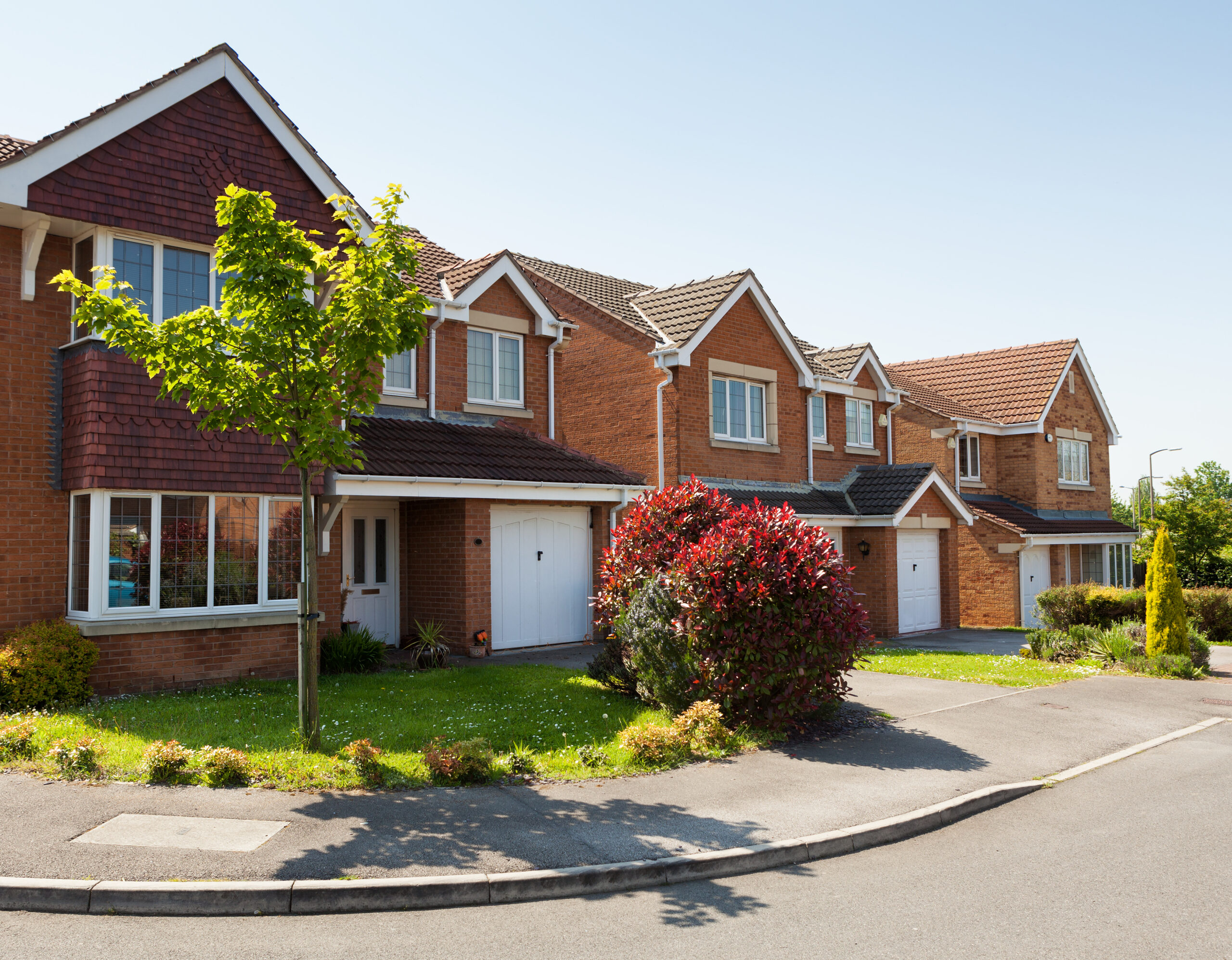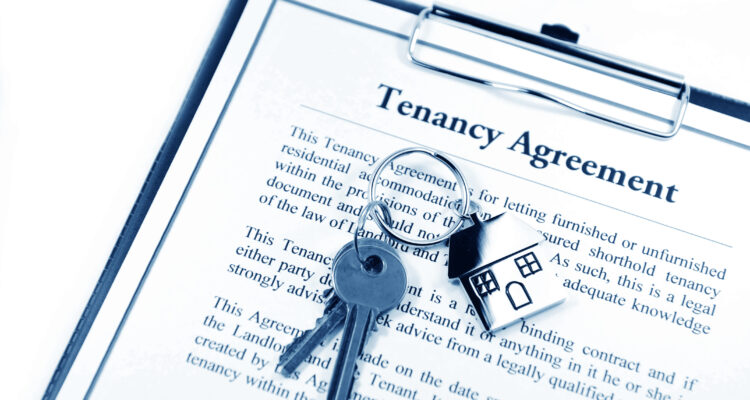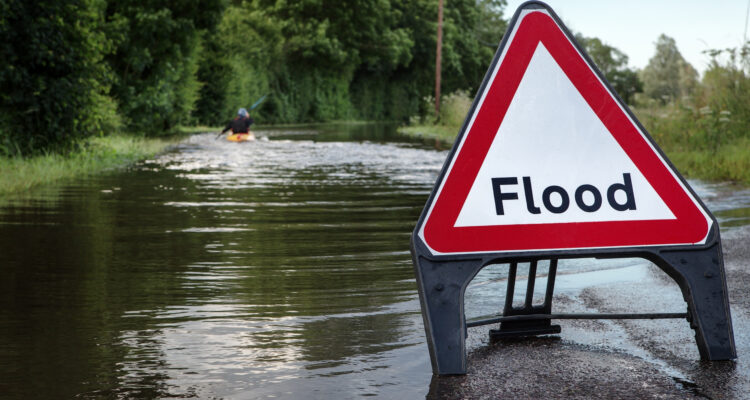Home Insurance is a necessary part of property ownership. Whether you’re a homeowner, a landlord or both. While it’s not the law, many mortgage lenders require you to have buildings insurance before exchanging contracts.
The British Association of Insurers found the average cost of weather-related home insurance claims for burst pipes was £9,300 last year [1]. Could you afford to pay this out of pocket? If not, home insurance is the best way to make sure this doesn’t have to happen.
Insurance offers a safety net and peace of mind in case of unforeseen issues.
However, understanding the distinction between landlord insurance and homeowners’ insurance is crucial, as they offer different cover and protections.
At Vavista, we offer insurance for both homeowners and landlords. In this blog, we’ll explain the question: How is landlord insurance different to homeowners’ insurance?

Landlord Insurance
Landlord insurance, also known as rental property insurance, is tailored specifically to cover individuals who rent out one or more residential properties. Meaning rented properties that people live in, not ones used for business or any other purpose.
Its main use is to safeguard landlords against financial losses to do with their rental properties. In the UK, approximately more than a million landlords don’t have insurance [2]. This could be a risky practice because if something goes wrong with your property, you will have to pay for any repairs or replacements out of pocket. This is why it’s recommended to protect landlords and if the property is mortgaged, most lenders will require the landlord to have some form of insurance before lending you any money.
Here’s a breakdown of key components of landlord insurance:
Property Protection
Landlord insurance usually covers the physical structure of the rental property, including the dwelling itself, as well as other structures on the premises such as sheds or garages. This coverage can extend to things like fire, lightning, vandalism, and in some cases, natural disasters.
Liability Coverage
Liability coverage is crucial for landlords, as it shields them from potential legal claims and lawsuits. It can provide financial protection if a tenant or visitor is injured on the rental property and holds the landlord liable. This coverage can also include legal fees and medical expenses for the injured party.
Loss of Rental Income
Landlord insurance often includes coverage for loss of rental income. In the event that the rental property becomes uninhabitable due to a covered hazard, such as fire or storm damage, this coverage can compensate the landlord for the lost rental income during the repair or rebuilding period.
Additional Protections
Depending on the policy, landlord insurance may offer additional protections such as coverage for landlord-specific risks like loss of rent due to the tenant not paying. Landlord legal liability from wrongful eviction, and expenses related to property damage caused by tenants. Policies can vary, so always check your schedule and policy wording so you are clear what the policy covers.

Homeowners’ Insurance
Homeowners insurance, or home insurance, on the other hand, is designed to protect individuals who own and occupy their primary residence. It can provide a broader range of coverage compared to landlord insurance, tailored to your needs.
Here’s what homeowners’ insurance typically includes:
Building Coverage
Like landlord insurance, homeowners’ insurance covers the structure of the home against perils such as fire, theft, vandalism, and natural disasters. It can also extend to other structures on the property, such as detached garages or fences.
Contents Protection
Homeowners would have to add Contents cover to their Building cover in order for their belongings to be covered. This insurance protects personal belongings within the home, including furniture, appliances, clothing, and electronics. This coverage can reimburse you for the cost of repairing or replacing items damaged or stolen due to covered perils. You can read more on how to create the best home inventory for insurance purposes here.
Liability Protection
Similar to landlord insurance, home insurance can include liability coverage to safeguard against lawsuits arising from injuries or damages suffered by visitors on the property because of the homeowner’s negligence. It can also cover legal expenses and medical bills.
Additional Living Expenses
In the event that the home becomes uninhabitable due to a covered risk, homeowners’ insurance often includes coverage for additional living expenses. This can help cover the cost of temporary accommodation, food, and other essentials while the home is being repaired or rebuilt.

To speak to one of our home insurance experts today, call us on 0344 776 5399.
[1] The Ultimate Guide To Protecting Your Property From Claims
[2] Landlord Insurance Statistics 2023 | Alan Boswell Group



